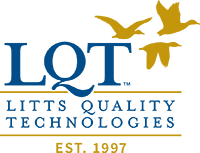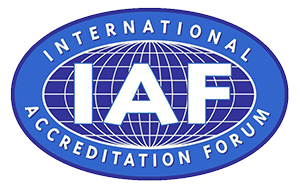 Quality Awareness for Continual Improvement
Quality Awareness for Continual Improvement
This program provides attendees with an overview of how Quality and Manufacturing and Service relate to each other. It discusses the concept of a “Process” and the interaction of these processes to produce conforming product. In addition, when product does not meet requirements, the participants are provided with the necessary skills to define and analyze problems as well as implement effective corrective actions.
The concept of “Quality Costs” is covered to provide attendees with the knowledge of how the various costs in a manufacturing environment affect the bottom line.
Participants can use this knowledge to help lead an organization in their continual improvement effort.
At the end of this training session, attendees will be able to:
- Define the term “Quality”
- Understand the difference between “Quality Assurance” and “Quality Control”
- Understand a Quality System
- Define a “Process”
- Describe “Input” and “Output” of a Process
- Describe what Affects a Process
- Describe what takes place within a Process
- Understand the Responsibilities and Authorities of a Process Owner
- Understand the concept of “Internal” and “External” Customers
- Understand the concept of “Quality Costs”
- Understand process variation, common and special causes
- Collect Data and Interpret the Process Data
- Define and Understand “Root Cause Analysis”
- Use Problem Solving Skills to Make improvements in Processes
- Determine which Problem Solving Method to use
- How to Make Improvements
Topics covered include:
- Students Overview of Typical Problems
- Introduction to Variation
- Defining a “Process”
- Quality Cost Theory
- Plan, Do, Check, Act Cycle (PDCA Cycle)
- Organized Problem Solving Method
- Using Problem Solving Skills
- Checklists
- Histograms
- Fishbone Diagrams
- Pareto Diagrams
- Process Flowcharts
- Brainstorming
- Force Field Analysis
- Reviewing and Analyzing Internal or Supplier Corrective Action Reports. Samples can be provided by the Client
- Reviewing and Analyzing Internal Quality Reporting Charts/Graphs. Samples can be provided by the Client.




